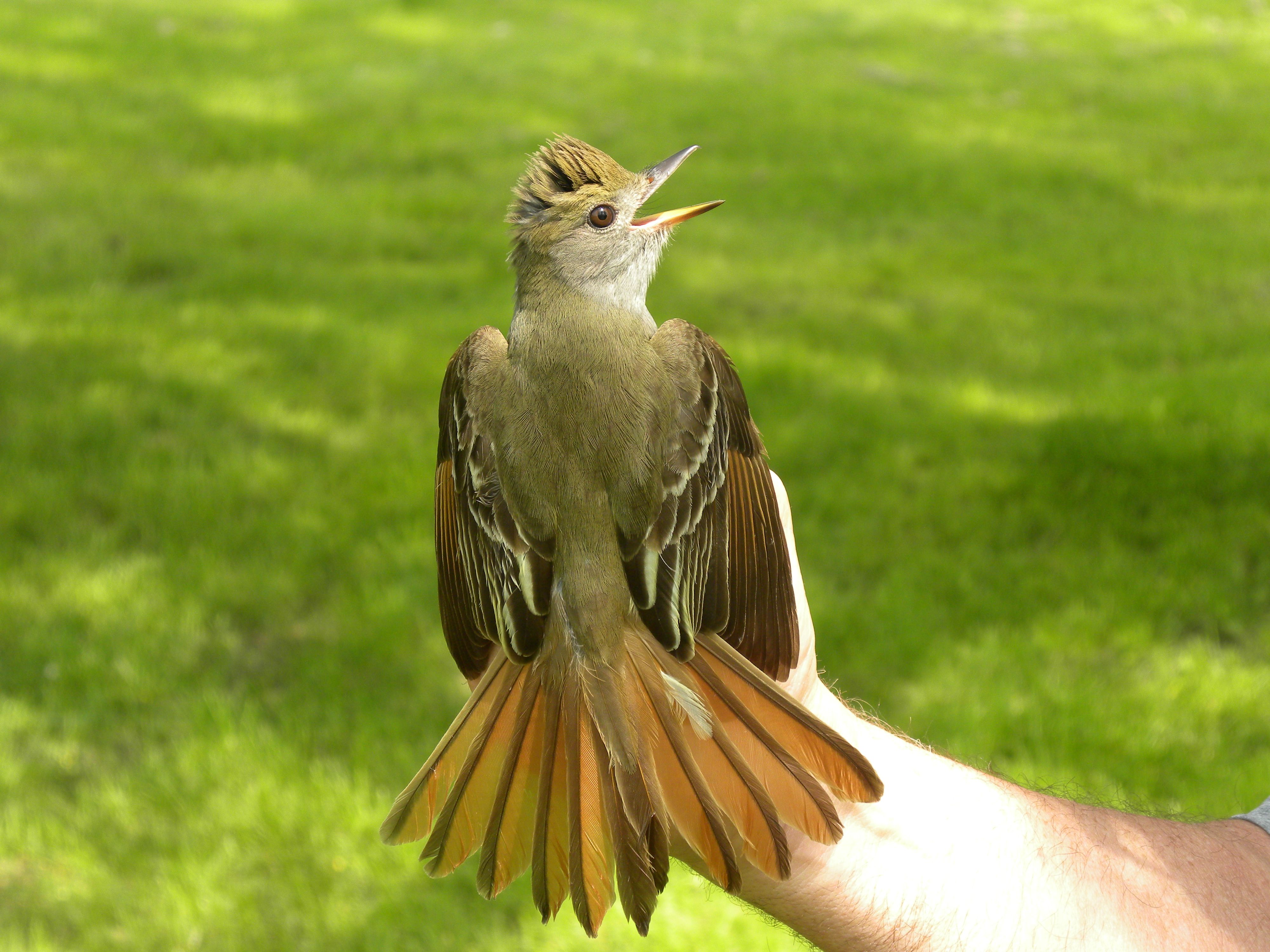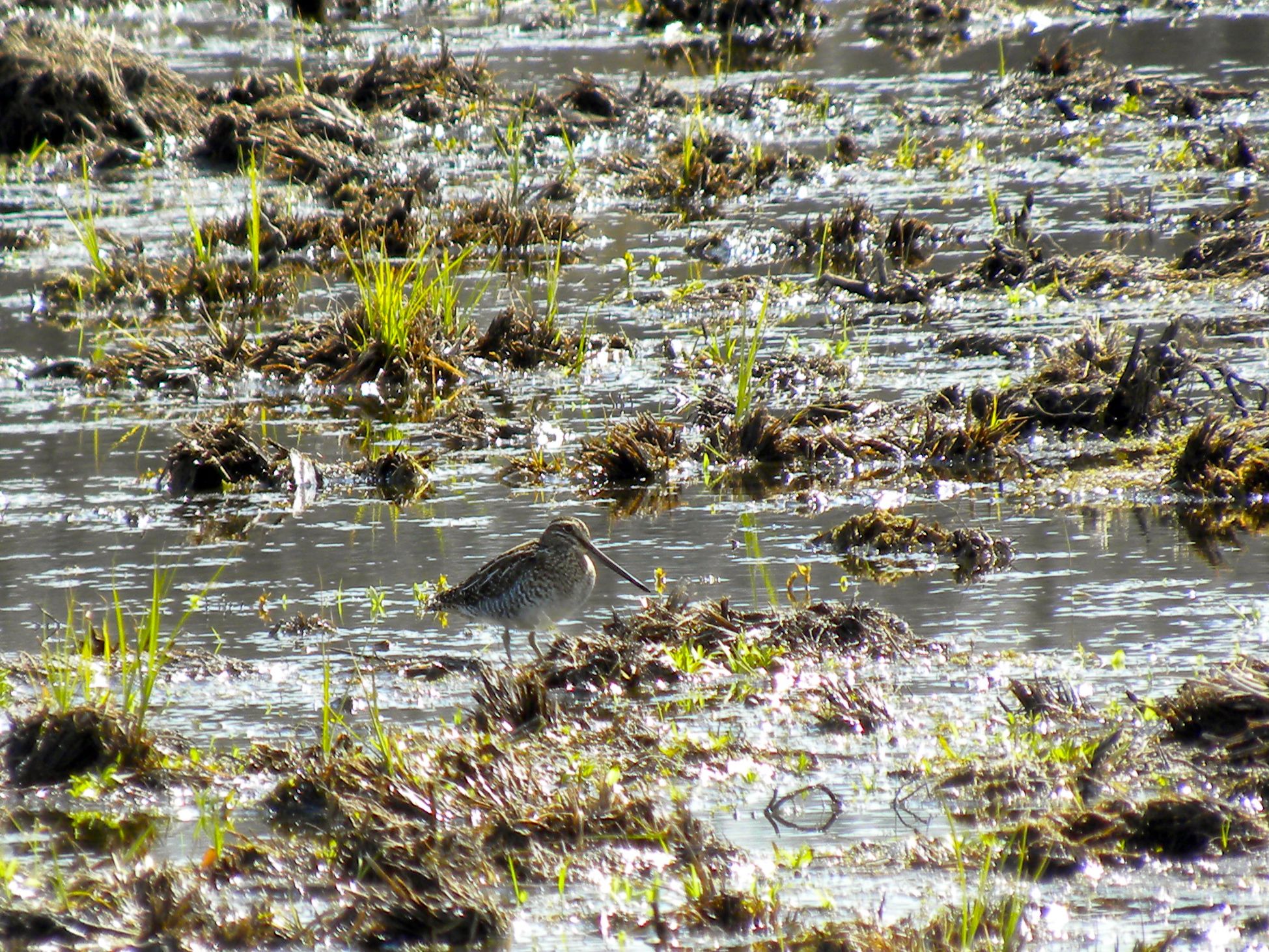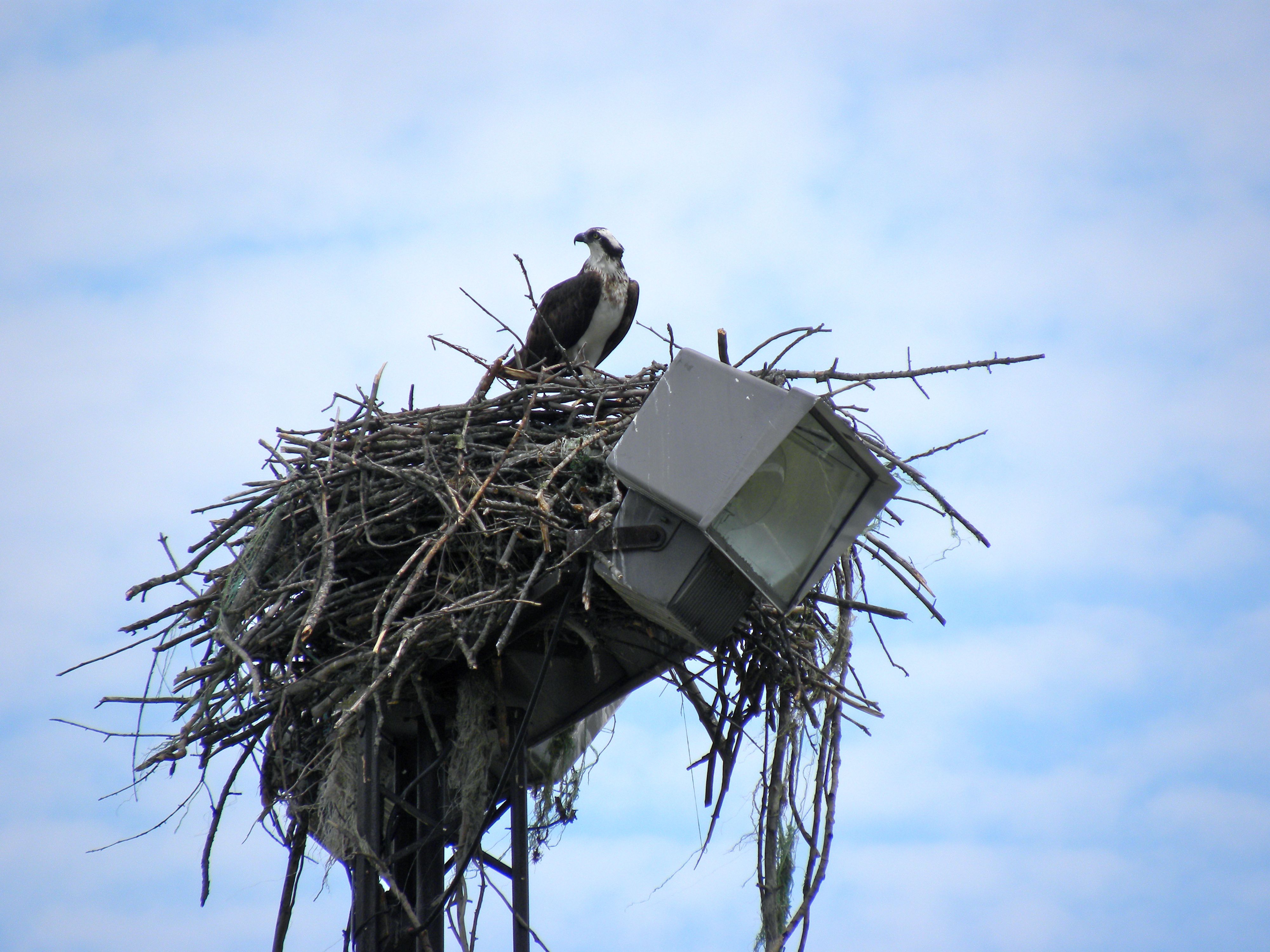August 24, 2012. Cootes Paradise, Hamilton, ON. Just a hot summer day today. This morning on some nearby mudflats I made out a Black-bellied Plover, Greater & Lesser Yellowlegs, and a probable Short–billed Dowitcher. There were lots of Killdeer running around and a Semi–palmated Plover or two as well. This particular marsh always seems to attract Great Egretsin late summer, and today I counted twelve.
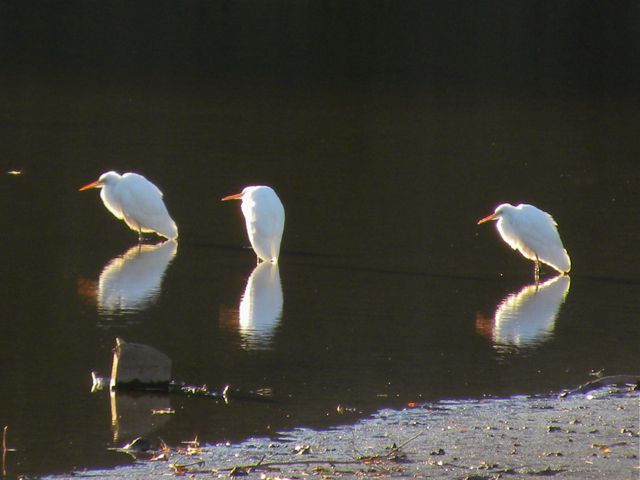
They, and numerous Mute Swans, make bright white splotches everywhere, rendering the Great Blue Herons almost invisible by contrast.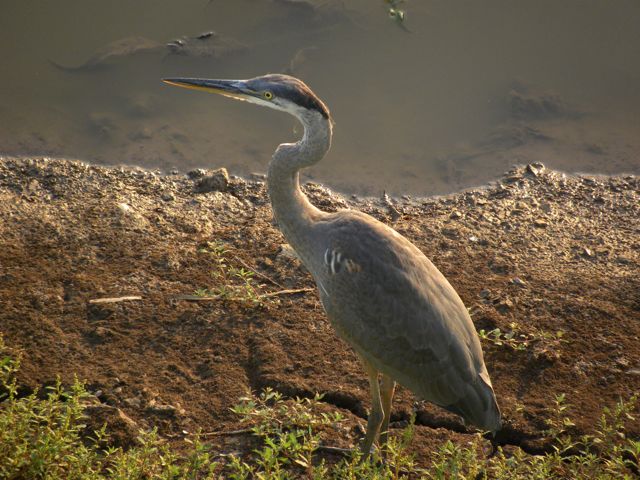
This afternoon I volunteered help at a fish control experiment. I watched an Osprey make three plunging attempts to catch a fish and on its last go it managed to seize a small wriggling perch. Then a little later I was pleased to hear a Warbling Vireo singing tentatively in the nearby willows. It seems odd to hear bird song in the late summer / fall but it’s quite common, particularly among robins. The song is never full-on, more hesitant and rarely complete. Why should this be?
I have read that levels of testosterone increase in some songbirds in the autumn. Elevated testosterone levels lead to the onset of breeding behaviour, including song. But what prompts testosterone production, and why now?
Somewhere I think I read or heard that late summer /fall birdsong may be prompted by daylight length. That makes sense in the spring. We are now two months past the summer solstice so our daylight length is the same as two months before the summer solstice, or mid/late April, and the robins were certainly singing then; however the Warbling Vireos hadn’t even arrived. I would appreciate anyone’s thoughts on this.
Anyway hearing the Warbling Vireo this afternoon was a wow moment, and it was my bird of the day.
